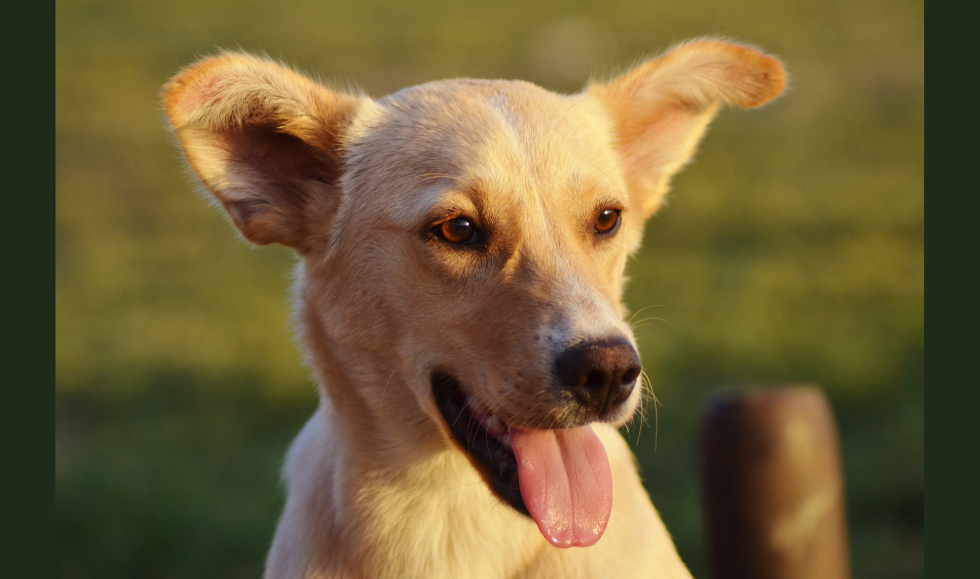Reviewed by Danielle Ellis, B.Sc.Jul 10 2023
Researchers from McMaster University and the University of Delhi in India have isolated and identified the first live culture of the drug-resistant pathogen Candida auris from an animal, particularly from the ear canals of stray dogs.
 Researchers discovered the dangerous pathogen Candida auris living in dogs' ears, raising concerns that pets could act as reservoirs for superbugs, which could potentially jump to humans. Image Credit: Shutterstock image.
Researchers discovered the dangerous pathogen Candida auris living in dogs' ears, raising concerns that pets could act as reservoirs for superbugs, which could potentially jump to humans. Image Credit: Shutterstock image.
The discovery implies that pets could act as superbug reservoirs, presumably spreading infections to humans.
C. auris is a type of yeast that was first discovered in Japan in 2009 and has since spread throughout the world.
The evolving fungus has the potential to cause long-term, severe infections as well as widespread outbreaks in hospitals. Antifungal medications frequently fail to combat it, and according to some estimates, more than one in every three patients with serious, invasive infections will die.
It has been designated as one of the world’s four “critical priority” fungal pathogens by the World Health Organization.
Investigators tested skin and ear swab samples from 87 dogs in a Delhi shelter. The study was published in the Journal of Fungi. Utilizing routine diagnostic protocols for skin and ear infections, the swabs were tested for bacteria and fungi cultures.
Of those, 52 were strays that were under intensive care for serious lesions from chronic skin diseases. The other 35 dogs were household pets who had minor gastrointestinal and urinary infections. Their illnesses had nothing to do with the pathogen under investigation.
C. auris was discovered in the ear canals of four of the animals with chronic skin infections, according to the scientists.
Dogs are common pets. Even though C. auris was only found in stray dogs in this study, there are many stray dogs in many parts of the world. These dogs could act as transmission vehicles for C. auris to reach other animals and humans.”
Jianping Xu, Study Lead Author and Professor, Department of Biology, McMaster University
While fungi are important animal pathogens, no live culture of C. auris had earlier been isolated.
DNA analysis revealed genomic similarities between some of the strains found in dogs and those found in humans, supporting the notion that infection can spread to other animals and humans.
We need to be vigilant in the surveillance of dogs, other domesticated pets and wild animals in regions where C. auris is endemic. While C. auris spreads easily from human to human, the route of transmission among animals or from animals to humans is much less clear, and further investigation is required.”
Jianping Xu, Study Lead Author and Professor, Department of Biology, McMaster University
Xu is also an investigator with McMaster’s Global Nexus School for Pandemic Prevention & Response.
When humans become infected with C. auris, the shedding of skin scales contaminates inanimate objects in the environment.
Since the yeast was discovered within the dogs’ ear canals rather than on exposed skin, shedding in the immediate environment was reduced, limiting the spread of infection.
C. auris has also been found on the surface of stored apples, in tidal marshes, in extremely high salinity environments, and, most recently, in wastewater, indicating that it can survive in harsh conditions.
Source:
Journal reference:
Yadav, A., et al. (2023). Candida auris in Dog Ears. Journal of Fungi. doi.org/10.3390/jof9070720.